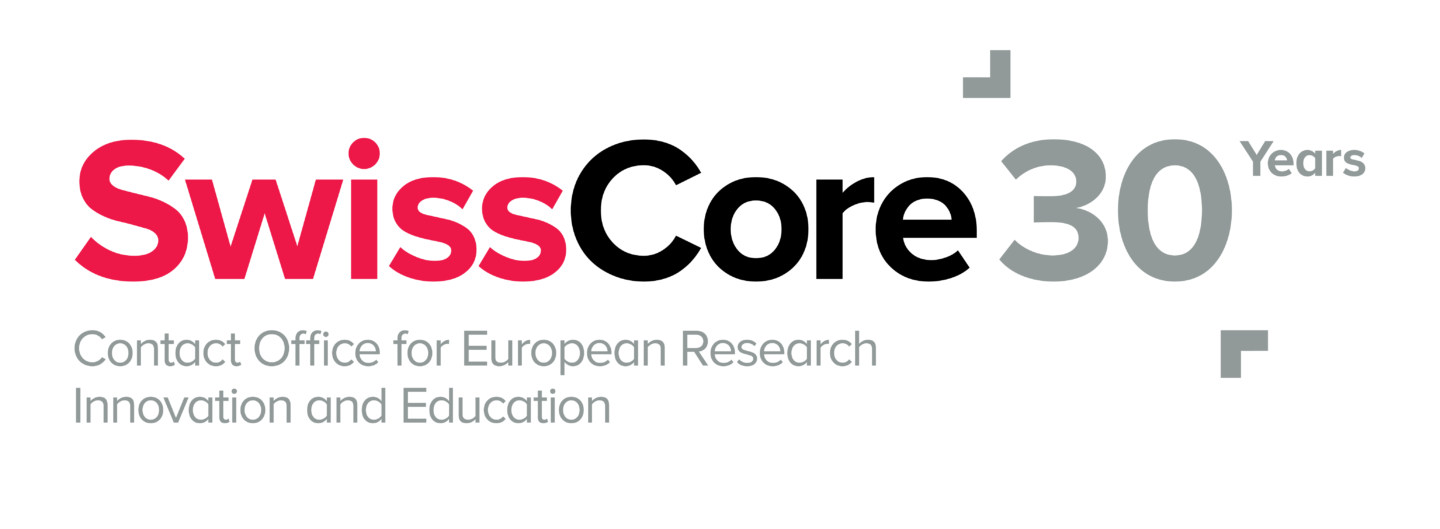The European Education Area review urges action on teacher shortages, adult learning, and cross-sectoral alignment to enhance EU education policy impact.
While education is a competence that rests with EU Member States (MS), the benefits of cooperation and coordination across the different education sectors are widely agreed on. It is why the Council adopted the Resolution on a strategic framework for European cooperation in education and training in 2021, setting an agenda for the European Education Area (EEA) until 2030. The recently published midterm evaluation report (and accompanying staff working document) of the EEA takes stock of the progress achieved so far and sets out opportunities to improve the relevance and efficiency of the framework.
The evaluation, which was overseen by the European Commission (EC) and supported by an externally commissioned study, is based on extensive stakeholder consultations and desk research to track the implementation of the EEA’s five strategic priorities (SP) through its six implementation instruments (governance, strategic initiatives, funding, project calls, monitoring, and communication). Overall, the report reveals a mixed picture of success, exposing the delayed progress of SP2 (lifelong learning and mobility) and SP3 (teachers and trainers). This is illustrated by low participation rates in adult learning and persisting teacher shortages across the EU, two issues which have already been highlighted in the last Education and Training Monitor (see SwissCore article). The annual Monitor is an important instrument for tracking progress of jointly agreed indicators, ensuring accountability and oversight in the EEA. Importantly, the evaluation also found that for these two priority areas, implementation instruments were least developed, suggesting that MS could deepen their focus on lifelong learning and the teaching profession and thereby improve the effectiveness of the EEA. Positive progress was noted in the areas of early school leavers and attainment of higher education among those under 30 years of age.
The report further casts a critical look on the governance model of the EEA. Given the voluntary and informal nature of cooperation under the framework, progress on jointly agreed targets remains fragmented across MS. Due to the absence of a monitoring mechanism that links emerging national reforms to EEA initiatives, it remains difficult to determine the direct impact of the EEA on national education and training systems. The report also laments the weak cross-sectoral coordination between the education, employment, and economic policies, which in reality remain strongly intertwined. One solution put forward by the EC is aligning the EEA’s governance and priorities more closely with the European Semester. The European Semester is the EU’s annual process for coordinating economic and social policies and issues country-specific recommendations to address cross-sectoral challenges. In line with this, the Commission aims to work on a proposed Recommendation on human capital for better integration of education and skills within the European Semester.
Despite these challenges, the report largely confirms the EEA’s EU added value. It states that the strategic framework enables MS to attain improvements by developing a common vision for education and training systems and by offering support mechanisms, such as mutual and peer learning, which have led to measurable cross-border improvements. Through the consultations, MS further confirmed their ongoing willingness to engage in the EEA. It may serve as a positive signal to the EC, which has recently been attempting to steer coordinated education and training policies through the Union of Skills (see SwissCore article). Presented as the new Commission’s strategic framework for education and skills policies that respond to current labour market gaps, many stakeholders have already wondered how the two frameworks will coexist. The evaluation report proposes some answers: The EC suggests either introducing transversal priorities among the six current SPs, or adding additional SPs, to align the two frameworks. The decision will ultimately rest with the Council, which is tasked with reviewing the EEA’s strategic framework based on the current evaluation results later this year.
Lastly, the report notes that the EEA has successfully promoted its global perspective through selective participation of non-EU countries. For instance, Switzerland, which is not formally part of the EEA, has nevertheless access to certain initiatives, such as through the Erasmus+ programme. Underlining how sustained partnerships with third countries lead to mutual benefits and knowledge exchange, the evaluation positively concludes on the importance of involving non-EU countries in the EEA.

